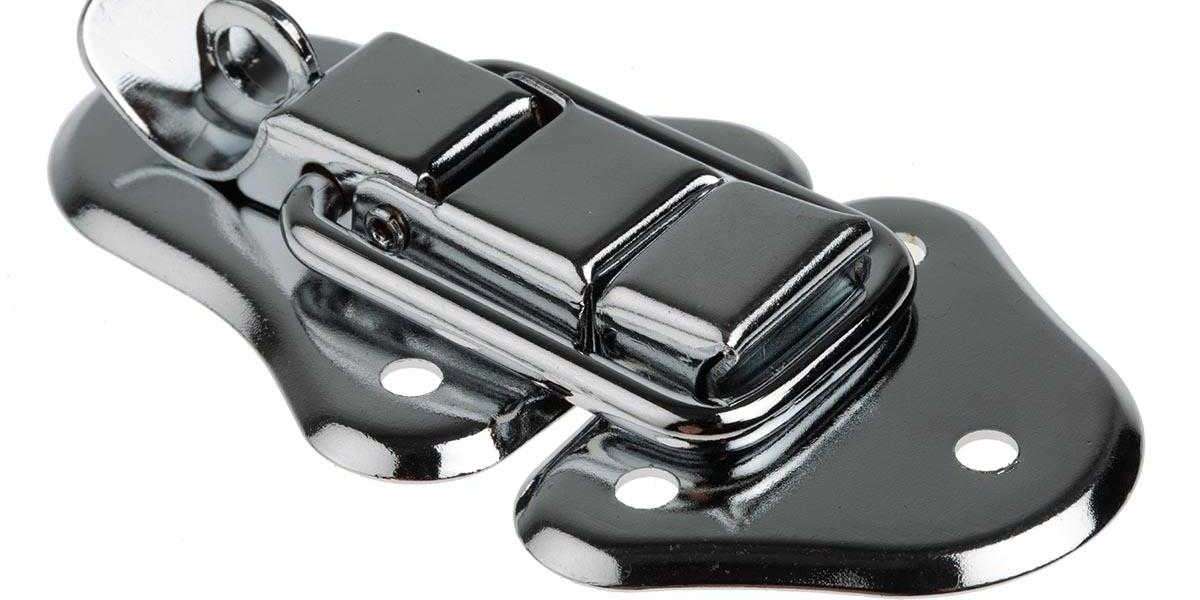Introduction: The Importance of Selecting the Right Door Latch
Door latches are more than just functional components of a door; they are pivotal in ensuring security and privacy. This guide explores the various types of door latches available and why choosing the right one can make a significant difference in your daily security and ease of use.
Understanding Door Latches: What Are They?
Door latches are mechanisms typically engaged to keep a door closed and secure without locking it. They play a crucial role in the overall functionality of doors, impacting not just security but also the aesthetic appeal of the door hardware.
Latch Mechanism: A spring-loaded piece that fits into a space in the door frame.
Strike Plate: The metal plate that catches and holds the latch.
Actuator: The part of the latch that you interact with, such as a doorknob or lever.
Types of Door Latches: Exploring the Options
Several types of door latches cater to different needs and preferences. Understanding these can help you choose the right latch for your application.
Spring Latch: Automatically engages when the door is pushed closed, commonly used in residential properties.
Deadbolt Latch: Offers more security, requiring a key to open and close, ideal for exterior doors.
Sliding Bolt Latch: Best for gates and sliding doors, as it provides basic security and is easy to operate.
Cam Latch: Often found in cabinets and lockers, allowing for quick and secure closure.
Choosing the Right Door Latch: What to Consider
Selecting the proper door latch depends on a combination of factors including security needs, door type, and aesthetic preference.
Security Level: Consider what level of security is needed. High-security areas might require deadbolts, while interior doors may only need a simple spring latch.
Material Compatibility: Ensure the latch material is compatible with your door’s material to avoid wear and tear.
Ease of Use: Particularly important in high-traffic areas where quick and easy access is necessary.
Installation Tips for Door Latches
Proper installation is crucial to ensure that the door latch functions as intended. Here are some guidelines to ensure correct installation:
Tools Required: Typically, you will need a drill, screwdriver, chisel, and measuring tape.
Correct Alignment: Ensure that the latch and strike plate are aligned so the door closes smoothly.
Testing: After installation, test the latch several times to ensure it engages and releases correctly.
Best Practices for Maintaining Your Door Latches
Maintaining your door latches can extend their life and functionality. Regular maintenance includes:
Lubrication: Regularly lubricate the moving parts of the latch to prevent rusting and sticking.
Regular Checks: Inspect your latches periodically for any signs of wear or damage.
Immediate Repairs: Fix any issues as soon as they are noticed to prevent further damage.
The Future of Door Latches: Innovations and Trends
With advancements in technology, door latches are becoming more sophisticated. Innovations include:
Smart Latches: These latches allow doors to be locked and unlocked remotely using a smartphone app.
Biometric Latches: Utilize fingerprints or facial recognition for enhanced security.
Sustainability: More manufacturers are creating latches from sustainable materials to reduce environmental impact.
Conclusion: Why Choosing the Right Door Latch Matters
Investing in the right door latch is not merely about enhancing security; it's about ensuring peace of mind. Whether you're upgrading your home or securing a commercial property, understanding the different types of latches and their specific benefits can guide you to make the right choice. Remember, a small component like a door latch can make a big difference in functionality and security.
By integrating these insights into your selection process, you ensure that your doors are not only secure but also aligned with the latest advancements and trends in door hardware technology.











